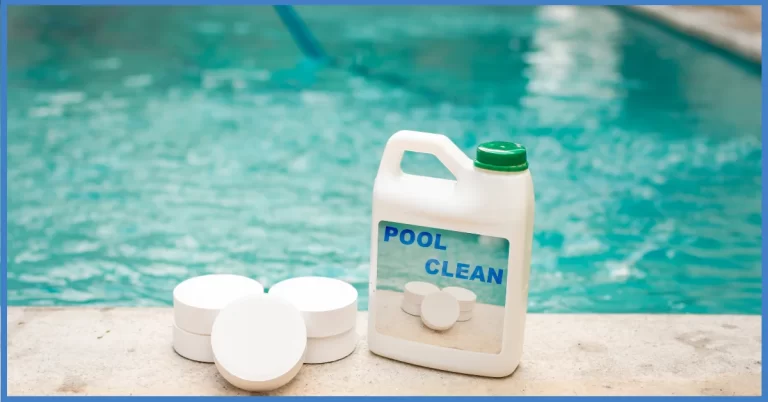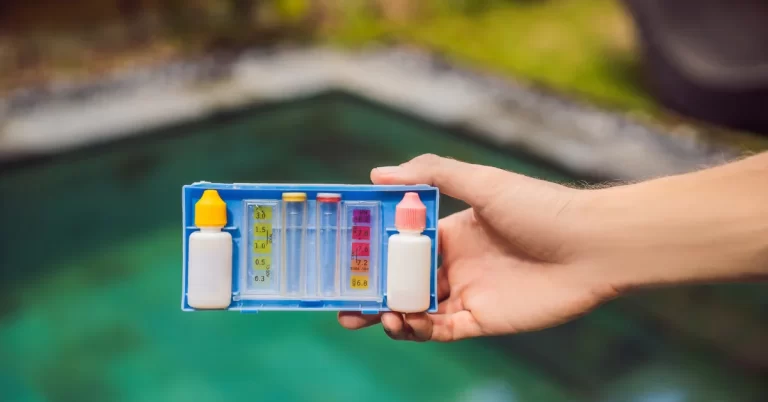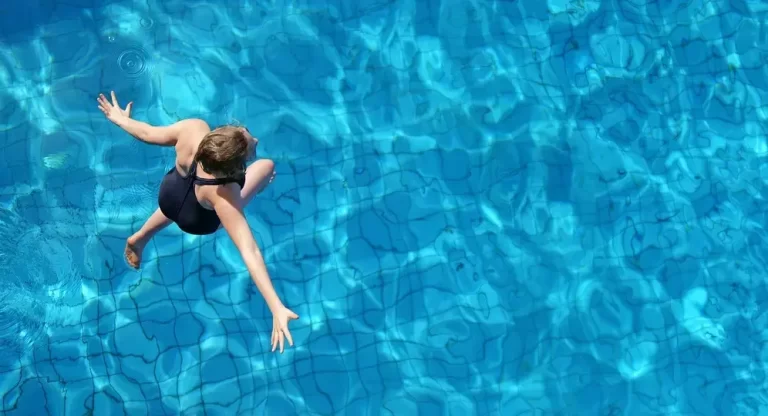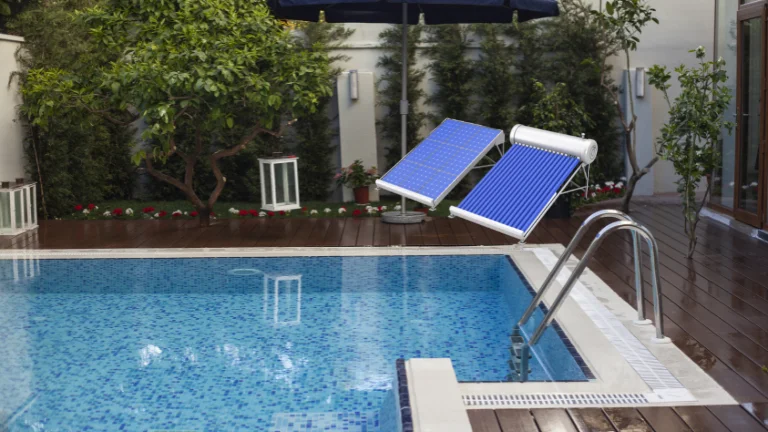Find Out Which Pool Plaster Colors Is Right For You
Looking for the perfect pool plaster color? Discover a wide range of options and find out which pool plaster colors are right for you.
Choose from a variety of shades and styles to create your ideal pool aesthetic. Dive into our guide and make a splash with the perfect color for your pool.
What is Pool Plaster?
It is a cement-based coating that is applied to the interior of concrete swimming pools. It provides a watertight seal and a smooth, durable surface for swimmers. It is also available in a variety of colors and finishes, so you can choose the look that best complements your pool and landscaping.
Benefits of pool plaster
- Durable: Pool plaster is a very durable material that can last for many years with proper care.
- Watertight: It provides a watertight seal, which helps to prevent leaks and keep the pool water clean.
- Smooth: Pool plaster has a smooth surface that is comfortable for swimmers and easy to clean.
- Sanitary: It is a non-porous material that does not absorb dirt or bacteria, which helps to keep the pool water clean and sanitary.
- Aesthetics: It is available in a variety of colors and finishes, so you can choose the look that best complements your pool and landscaping.
Choosing a Pool Plaster Color
When choosing a plaster color, there are a few things to consider. First, you’ll want to decide if you want a light or dark color. Light colors make it look bigger, while dark colors can make it more intimate.
You’ll also want to consider what kind of mood you want to create with your pool. A brighter color can create a fun and festive atmosphere, while a darker color can be more relaxing.
Once you’ve decided on the overall tone you’re going for, you can start narrowing down your options. There are dozens of different shades and hues to choose from, so take your time and find one you love.

The Most Popular Colors
If you’re considering a new color, you’re in luck. There are more colors available now than ever before.
Here are some of the most popular ones to help you decide which is right.
- White is the most popular color and has been for many years. Its clean and classic look makes it a popular choice for both inground and above-ground pools.
- Gray is another popular color. It’s a modern look that can complement any backyard. Gray can also help hide any dirt or debris that may get into your pool.
- Blue is a classic choice and remains one of the most popular colors today. Blue can range from a light sky blue to a deep navy, so you can find the perfect shade to match your backyard oasis.
Different colors of pool plaster and what they mean
Different colors of pool plaster can create different effects, both in terms of the appearance of the pool water and the overall feel of the pool area. Here is a brief overview of some of the most popular pool plaster colors and what they mean:
- White: White pool plaster is the most common color, and it is a classic choice for both modern and traditional pools. White plaster gives the pool water a clear, sparkling blue appearance. It also makes the pool look larger and brighter.
- Light blue: Light blue pool plaster is another popular choice, and it can create a tropical or beachy feel. Light blue plaster makes the pool water look more inviting and refreshing. It can also help to hide minor imperfections in the pool surface.
- Dark blue: Dark blue pool plaster is a good choice for pools that are located in sunny areas. Dark blue plaster absorbs heat, which can help to keep the pool water warm. It can also create a more dramatic and sophisticated look.
- Gray: Gray pool plaster is a versatile choice that can complement a variety of pool designs. Gray plaster can create a modern and sleek look, or it can be used to create a more natural and organic look.
- Black: Black pool plaster is a bold choice that can create a luxurious and dramatic look. Black plaster absorbs heat, which can help to keep the pool water warm. It can also create a mirror-like effect, reflecting the sky and surrounding trees.
How to Choose Pool Plaster (Video)
[wps_youtube url=”https://youtu.be/os-aYgBElSs” responsive=”yes” autoplay=”yes”]
Pool Plaster Quartz Colors
There are a few things to consider when it comes to pool plaster quartz colors.
- First, quartz is a naturally occurring mineral; its color can vary slightly from batch to batch.
- Second, the color of the plaster will be affected by the type of light it is exposed to.
- Finally, the depth of the pool can also affect the overall look of the plaster.
With all of these factors in mind, it’s essential to consult with a professional when choosing a quartz color. They will be able to help you select a shade that will complement your home and provide you with the desired look. For more about Guide to Pools: All You Need To Know to Choose Your Perfect Pool

3m Quartz Pool Plaster Colors
When choosing a color, there are a few things to consider.
- First, look at the surrounding area and decide what will complement it best. You’ll also want to think about what mood you’re trying to create.
- Do you want it to be a calming oasis or a party spot?
- If you’re unsure where to start, look at some of the most popular colors below.
- 3M’s Silver Stone is one of the more popular colors and creates a modern look. It also reflects heat well, so it’s perfect for those who live in warmer climates.
- For something a little different, try out 3M’s Blue Hawaii. This color is perfect for those who want to create a tropical feel.
For more 3M blend sheet to, choose 3m quartz pool finish colors and 3M colorquartz
What is quartz pool plaster?
Quartz pool plaster is a durable, stain-resistant finish made with crushed quartz, perfect for adding sparkle and resilience to your pool. This versatile option comes in various colors and textures, from smooth to pebbled, and can be applied to new or existing pools.
Like all pool finishes, quartz can fade over time due to sun exposure and chlorine. Darker colors and pools in sunny locations might see faster fading. However, proper maintenance, including regular cleaning and balanced water chemistry, can help slow down the process.
Overall, quartz pool plaster offers a beautiful and long-lasting option for your pool, adding both style and strength to your backyard oasis.
Best Tips for pool plaster color fading?
If it looks dull and faded, there are some easy tips you can follow to bring back its original luster.
- First, make sure you are using the right chemicals in your pool. The wrong chemicals can cause your plaster to fade.
- Second, be sure to brush it regularly. This will help remove any dirt or debris causing the fading.
- Finally, don’t forget to protect it from the sun. The sun’s ultraviolet rays can damage the plaster and cause it to fade over time.
- By following these simple tips, you can keep it looking like new for years to come!
How to pick a color that fits your style
When deciding on a color for your pool, it’s essential to think about what kind of atmosphere you want to create. Do you want a tranquil oasis or a lively gathering spot?
Consider using blue or green tones if you’re looking for a serene space. Blue is especially popular because it evokes the feeling of being surrounded by water.
Try using brighter colors like yellow or red for a more vibrant look. These colors will help to create an inviting space that will encourage socializing and fun.
Once you’ve decided on the overall feel you want for your area, take some time to look at different color swatches. Seeing the colors in person can be helpful before making a final decision.
Top plaster colors and their benefits
- While a white or light-colored plaster will make it look bigger, darker colors can make it appear more shallow.
- If you have a smaller yard and are looking to save on space, a dark bottom with white or light walls can give the illusion of a larger pool.
- Conversely, if you have a large backyard and want it to be the centerpiece, choosing a light color can help achieve this goal.
- In terms of benefits, darker colors absorb heat better than lighter ones. This can be helpful if you live in an area with cooler summers and want to extend your swimming season.
Tips for maintaining your pool’s plaster color
- First, consider the overall look you want to achieve. White or light-colored plaster is a good choice if you want a natural look.
- For a more dramatic look, darker colors can be used. Remember that dark colors will absorb more heat, making your pool warmer.
- Another thing to remember is how easy the color is to maintain.
- Light colors tend to show dirt and paint more easily than dark colors. If you choose a light color, be prepared to do extra cleaning to keep your pool looking its best.
- Finally, consider the cost of the plaster color you desire.
- Darker colors may be more expensive than light colors. But if you find the perfect color for your pool, it will be worth it!
How to maintain your new plaster color
- First, avoid using metal objects in or around the pool. This includes things like ladders, chairs, and toys. Metal can cause staining on plaster surfaces.
- Second, be careful with pool chemicals. Chlorine and other sanitizers are essential for keeping your pool water clean and safe, but they can also bleach or discolor plaster if used in too high of concentrations. Follow the manufacturer’s instructions when adding chemicals to your pool.
- Finally, limit exposure to the sun. UV rays can cause fading and change the color of plaster over time.
Explore More
Closing Remarks:
There are a few things to consider. But in the end, the best decision is the one that works best for you and your space.
There are a few factors to consider when choosing it. The first is the climate. If you live in an area with many suns, choose a lighter color to keep your pool cooler. If you live in a room with less sunlight, select a dimmer color to absorb more heat.
The second factor to consider is the type of pool you have. If you have a concrete pool, you’ll want to pick a color to complete the surrounding deck and patio. If you have a fiberglass pool, you’ll want to select a color that will make it stand out from the rest of your backyard.












One Comment